Folklore And Legends Blog

Folklore and legends are more than just stories; they’re the lifeblood of cultural heritage. Whether it’s the tales whispered around campfires or myths passed down through generations, these narratives shape our understanding of the world.
DISCLOSURE:
All of my posts on this website do contain affiliate links. They will lead you to other blogs i have written about Bigfoot Stories. There are also Amazon Products links on this Blog.
So If you click on any link and make a purchase, As an Amazon Associate I earn from qualifying purchases. It is also at no additional cost to you to explore these links.
Folklore includes myths, legends, folktales, and even everyday customs. Legends differ slightly – they’re often rooted in historical facts but exaggerated over time to create a larger-than-life narrative. Take the story of Robin Hood, for example. He was probably a real person, but over centuries, his feats have become legendary.
Why does folklore matter?
It helps people connect with their roots. These stories offer insights into the values, fears, and desires of the people who told them. Through folklore, we get a snapshot of what life was like hundreds, sometimes thousands of years ago. It’s like a time machine for understanding humanity’s cultural evolution.
Folklore study has been around for ages, but it really took off in the 19th century with the Brothers Grimm collecting German tales. Nowadays, folklore is an academic field with scholars pouring over old manuscripts, interviewing storytellers, and analyzing the social functions of these tales.
Lastly, it’s super important to note how folklore and legends aren’t the same as myths and fairytales. Myths are sacred stories, often about gods and creation myths, while fairytales are magical, often moral tales meant for children. Legends sit somewhere in between – part history, part fiction, and entirely intriguing.
Mythological Creatures Myth And Folklore
Famous Legends from Around the World
The legends said to have arisen from every corner of the globe are impressive. The stories are distinctive, yet some themes resonate universally.
Take, for example, the legend of King Arthur from England.
His tale of knights, a magical sword, and the quest for the Holy Grail has fascinated generations. There’s even debate over Arthur’s historical existence. Camelot, the Round Table, Merlin – these elements create an enchanting narrative that highlights bravery and chivalry.
South America brings us the legend of El Dorado
– a city of gold hidden somewhere in the Andes. Explorers from Spain scoured jungles and mountains, driven by the allure of immense wealth. It illustrates human ambition and the relentless pursuit of dreams, no matter how elusive they might be.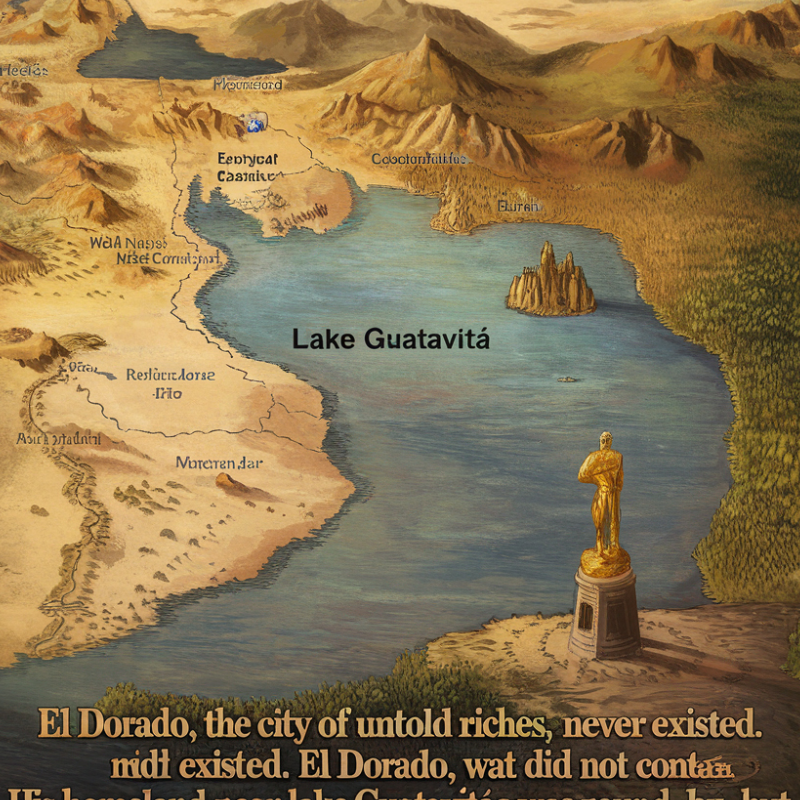
Ancient Greece gave us the cunning tale of the Trojan Horse.
A giant wooden horse used as a trick to infiltrate the city of Troy. This story has become a symbol of strategy and deception in warfare, showcasing the cleverness and strategic minds of Greek warriors.
From Japan, Rashomon offers a different kind of legend.
Based on a short story by Ryunosuke Akutagawa, it delves into subjective realities and the complexities of truth. Each character narrates a different version of the same event, highlighting how personal perspective transforms narratives.
About Wild Foot Myths
African folklore introduces us to Anansi,
the clever spider-man. His tales are deeply woven into the cultural fabric of West Africa and the Caribbean. Anansi is the epitome of wit and trickery, often outsmarting others through cleverness rather than brute strength.
The Role of Storytelling in Preserving Folklore
Storytelling is the heartbeat of preserving folklore. Through oral traditions, these stories are handed down from one generation to the next. Think of them as verbal heirlooms – they’re precious, unique, and filled with history. This method keeps the essence of the tale alive, even if minor details might change over time.
In today’s world,
we have novels, movies, and TV shows adapting these age-old tales, giving them a modern twist. Films like Disney’s “Moana,” inspired by Polynesian mythology, or books like J.K. Rowling’s “Harry Potter” series, which has elements drawn from various legends, keep these stories relevant and accessible to new audiences. The charm of these adaptations lies in their ability to weave ancient narratives into contemporary tales, making them relatable.
Storytelling does more than entertain.
It shapes collective memory, influencing how communities remember their past and understand their present. For example, Native American tribes use storytelling to pass on traditions and moral lessons, helping younger generations connect with their heritage.
Folklore is also dynamic, molding to fit the needs and circumstances of the community. Take urban legends, for instance; they’re modern folklore that reflects current societal fears.
An example would be the “Mothman”
of West Virginia, a chilling figure who’s said to appear before disasters, mirroring collective anxiety about future unknowns.
Overall, storytelling keeps folklore vibrant and alive in contemporary settings. Whether through a grandmother’s tales at bedtime or the latest blockbuster movie, these stories continue to resonate, educate, and entertain. They remain a critical part of our cultural fabric, weaving together the past and present in a seamless narrative.
Analyzing Common Themes in Folklore
Folklore often features recurring themes and archetypes that transcend cultures and eras, reflecting universal aspects of the human experience. These themes open a window into the collective consciousness of various societies.
Heroes and villains are staples in many folktales. From Hercules in Greek mythology to Beowulf in Old English tales, heroic figures often embody virtues like bravery, honor, and strength. On the flip side, villains like the wicked stepmothers in European fairy tales highlight vices such as jealousy, greed, and malice.
Sasquatch Sightings: True Stories Or Tall Tales?
Moral lessons are woven into most legends.
These stories often aim to teach important life lessons or values. For instance, Aesop’s Fables, originating in ancient Greece, use animals to convey moral teachings. Every story, like ‘The Boy Who Cried Wolf,’ wraps its lesson in an entertaining narrative that’s easy to remember.
The trickster is another common character in global folklore. Figures like Anansi the Spider in African tales or Loki in Norse mythology embody cleverness and wit. These characters often challenge the status quo, using their smarts to navigate tricky situations, sometimes bending the rules but usually imparting a lesson.
Symbolism and reflection of societal values play a significant role in these tales. For example, dragons in European folklore often symbolize chaos or evil, whereas in Chinese culture, they represent power and good fortune. These contrasting portrayals reveal differing societal values and worldview.
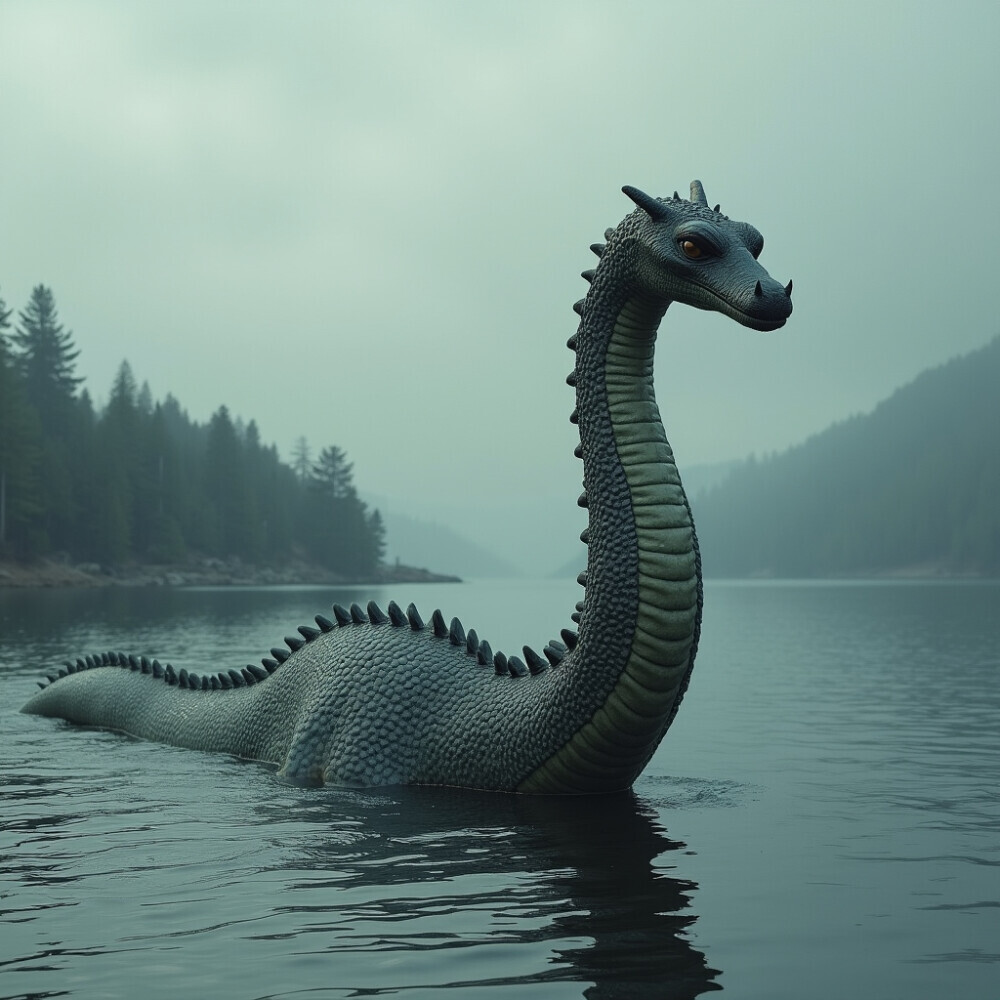 Folklore also mirrors societal fears. Stories of bogeymen and haunted places often reflect collective anxieties about the unknown. By personifying fears in the form of monsters or spirits, societies find a way to discuss and cope with their deepest anxieties.
Folklore also mirrors societal fears. Stories of bogeymen and haunted places often reflect collective anxieties about the unknown. By personifying fears in the form of monsters or spirits, societies find a way to discuss and cope with their deepest anxieties.
Collectively, these themes reveal much about the societies that create and cherish them. They offer a lens through which we can study human psychology, societal norms, and cultural evolution while enjoying a good story.
Bigfoot Stories Passed Down Through Generations In Canada
Relevance of Folklore in Today’s World
Folklore isn’t just ancient history;
it’s alive and kicking in today’s world. You might not realize it, but elements of folklore pop up all around us, from the stories we tell to the way we interact with the world.
Understanding diverse cultures is easier through folklore. When you explore the legends and tales from different societies, you get a glimpse into their values, hopes, and fears. Kids reading tales from around the globe grow up more open-minded and empathetic, recognizing the universality of human experiences.
Digital media plays a massive role in reviving interest in folklore. With podcasts, YouTube channels, and social media communities dedicated to myth and legend, these ancient stories find new audiences. Fan theories and modern retellings keep these tales fresh and relevant, sparking curiosity and discussion.
Studying folklore isn’t just for academics.
It has educational benefits that extend to critical thinking and cultural literacy. Analyzing these stories helps to hone analytical skills and provides context for understanding historical and social developments.
Folklore also helps keep traditions alive. Through festivals, reenactments, and cultural celebrations, communities keep their heritage vibrant. Think about Mardi Gras with its roots in European Carnival traditions or the Day of the Dead, rich with Mexican folklore and customs.
Folklore serves as a bridge, connecting the past and present, enriching our lives with stories that are both entertaining and enlightening. It’s this timeless relevance that ensures folklore will always have a special place in our hearts and communities.


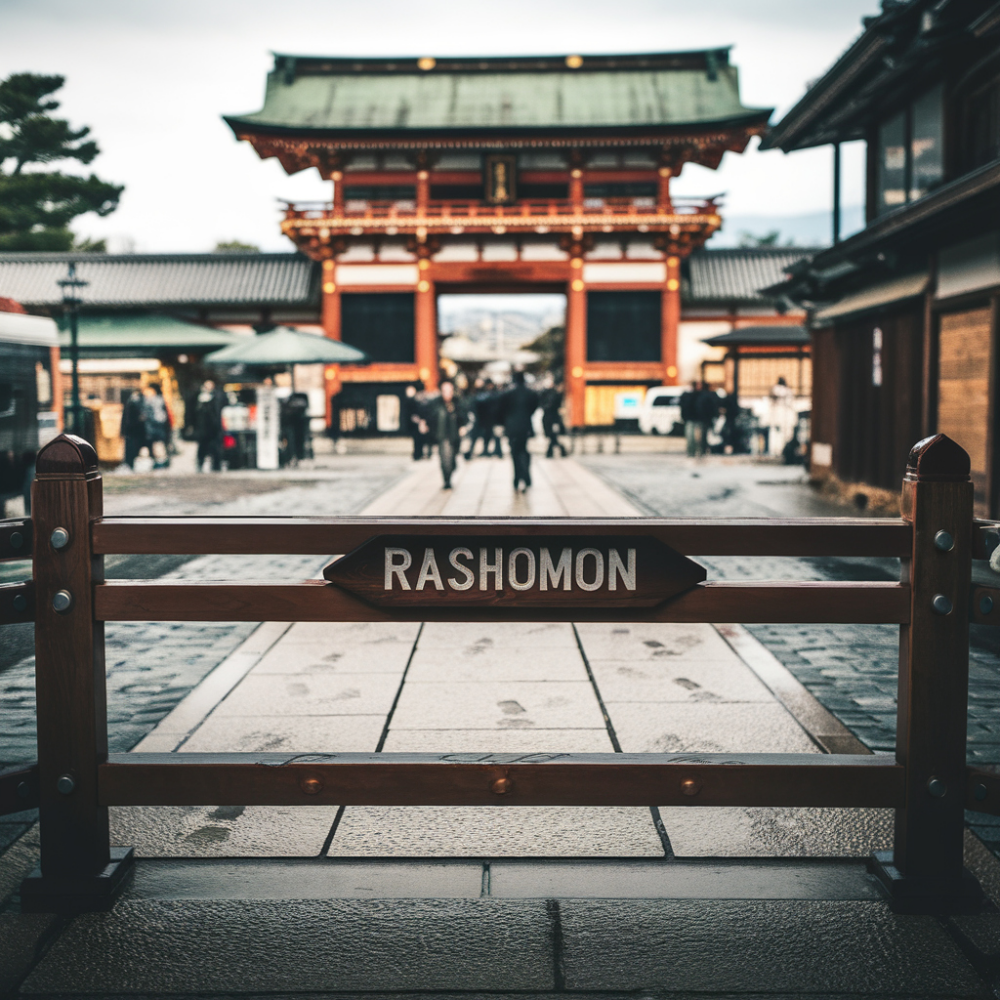
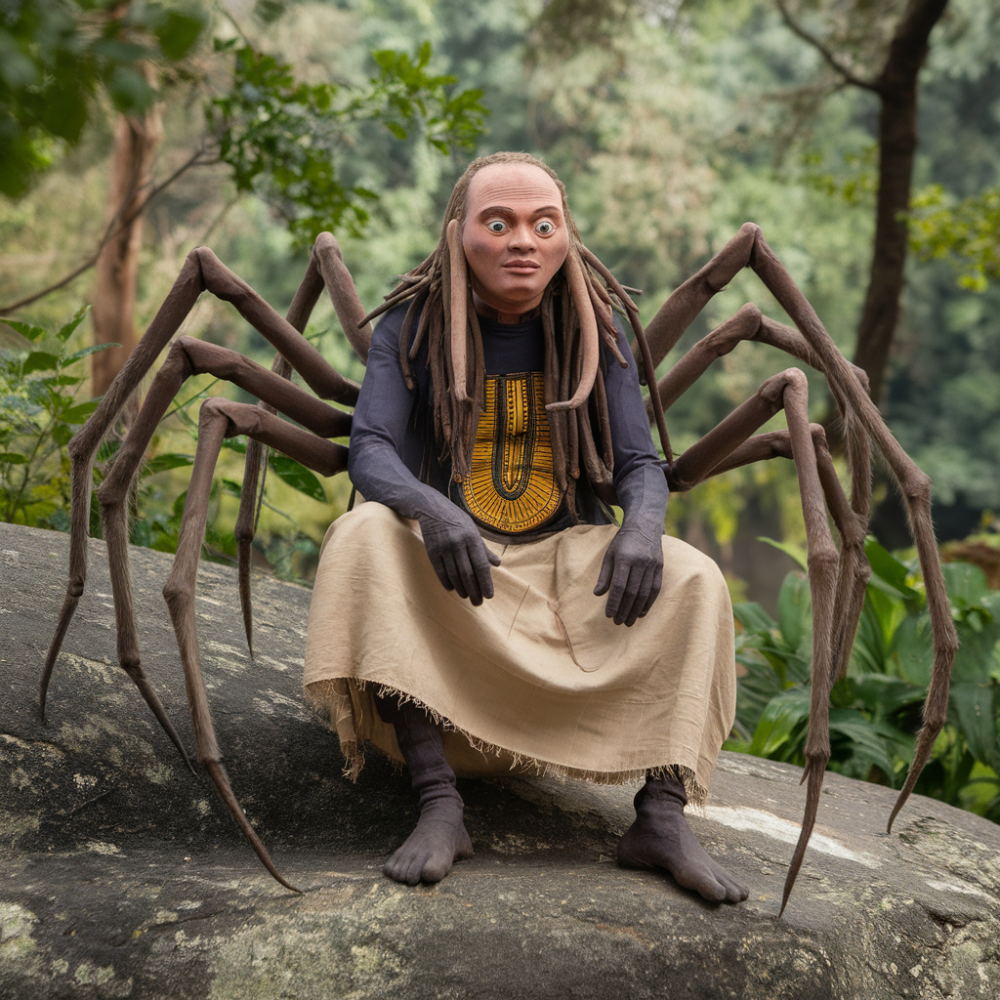
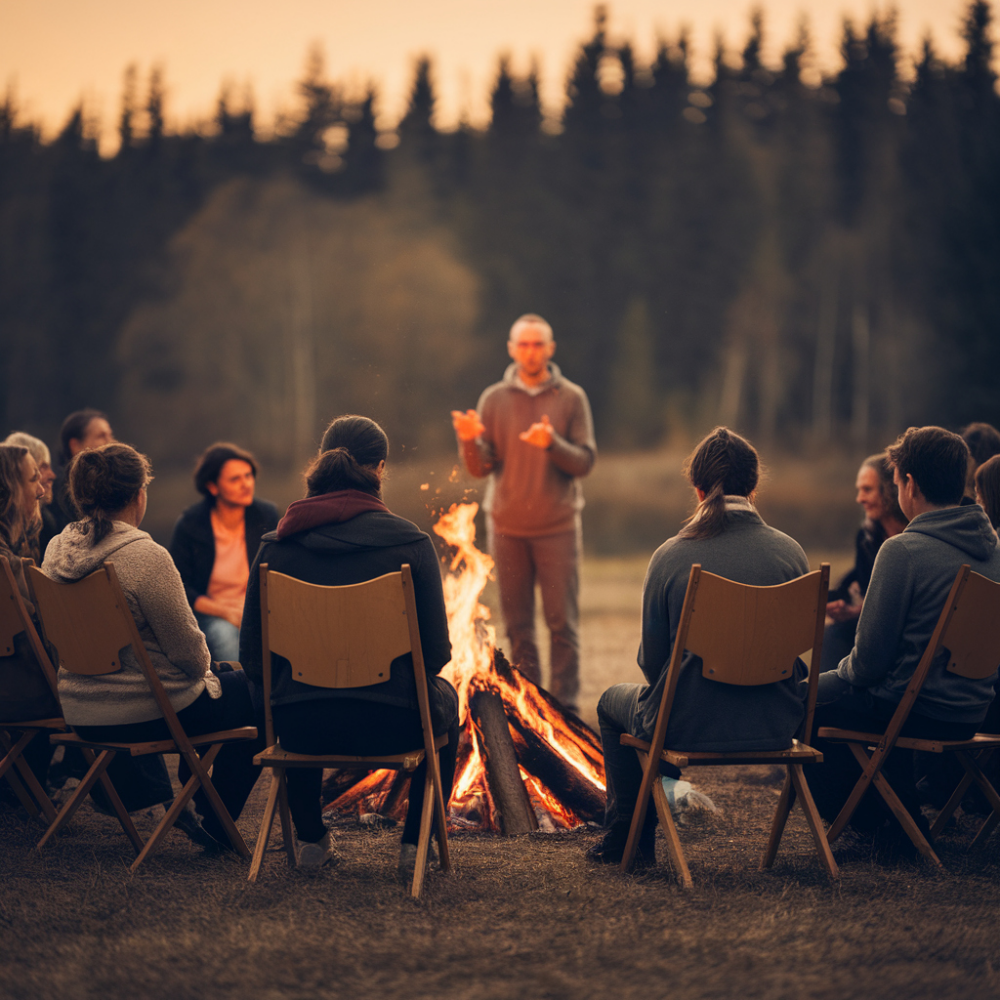
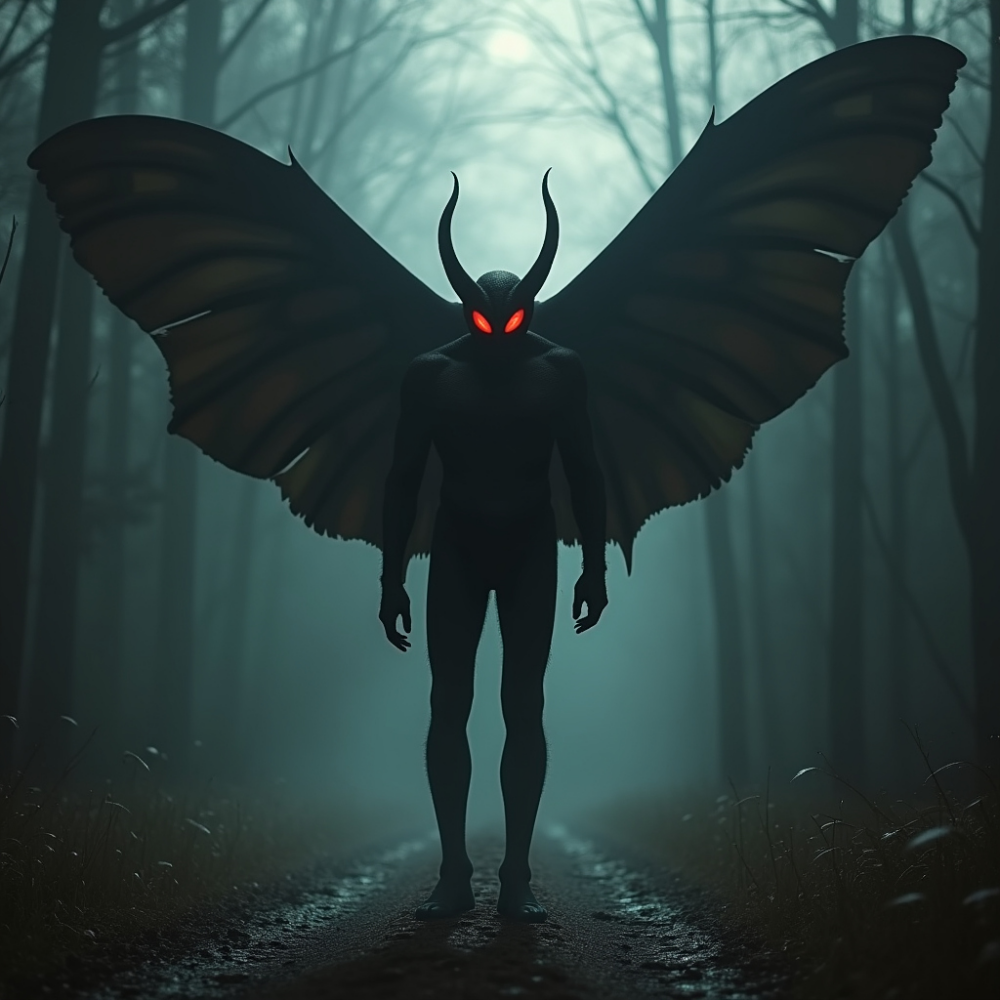
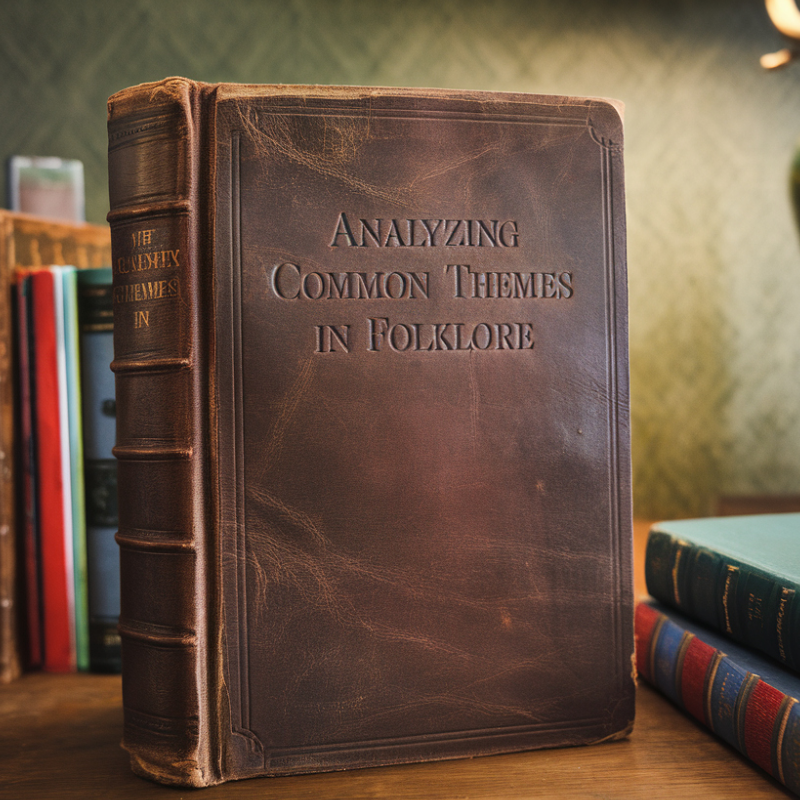

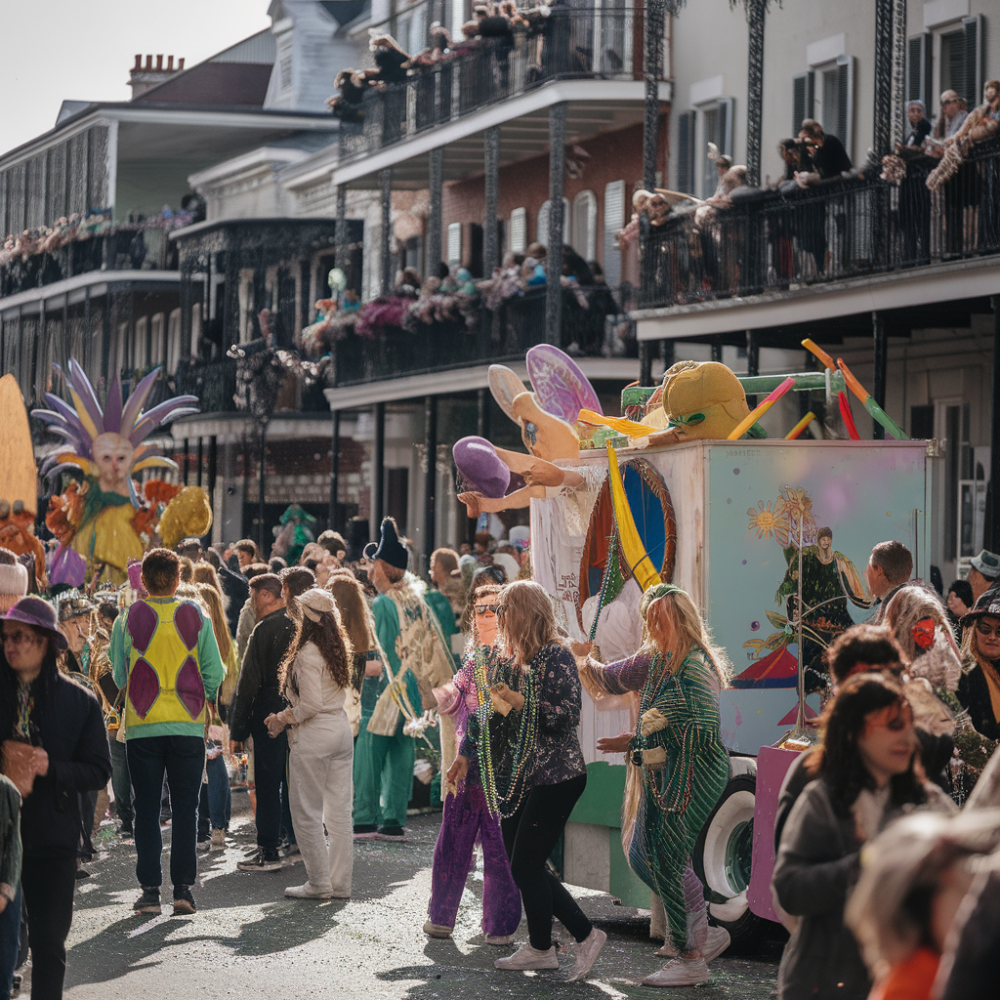
Hi
Here are my comments below:
* Overall the website look good, with lots of pictures
* Many stories telling about different topic related to mystical
* I like the first picture with all the camping gears set up in the wild which my guess that’s what you are trying sell
* There are lots of posts and links already on the website (I can see you have spend many hours on posting here)
Here are some of my thoughts to enhance it a bit more better to read:
* I would change the GREEN menu to another color for easier to read, because you have a green background picture, having green words on green background make it harder to read
* I would expand all pictures to full screen to block out too many white/empty spaces next to the pictures
* I would organize the menu a little better in the top bar with a drop down
Hope you make lots sales with your website, here to your success
Hi John
Thanks for the great feedback. It really goes a long way i have made some changes to the site so feel free to revisit i try to add at least two blogs a week.
Yes,forming the website is truly taking some time to Finesse for sure,I truly enjoy the topic about Bigfoot but yes i promote camping gear as well Bigfoot Accessories
I built the website to share the passion of Bigfoot and i enjoy blogging.
for the drop down i’m still working on to be sure why it is showing on the back office but not on the site ill keep working on it
Thanks again